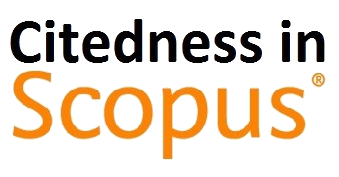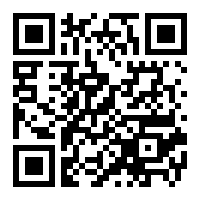Design and Build A Customer-Finding Application For Leko Restaurant Using The K-Means Algorithm
(1) Universitas Mercu Buana
(2) Universitas Mercu Buana
(3) Universitas Mercu Buana
(*) Corresponding Author
Abstract
Full Text:
PdfReferences
Setyaningsih, P. W. (2021). Sistem Informasi Penjualan Kopi Khas Lampung Berbasis Website. INTEK: Jurnal Informatika dan Teknologi Informasi, 4(1), 39-44.
Rahayu, S. (2016). Analisa Dan Perancangan Sistem Pemilihan Ketua Himpunan Mahasiswa Studi Kasus: Program Studi Sistem Informasi Universitas Mercu Buana. Jurnal Ilmiah Fifo, 8(1), 85-96.
Christine. (2016). Mengenal Use Case Diagram. Retrieved March 16, 2016, from https://www.academia.edu/5295802/Mengenal_Use_Case_Diagram
etunas. (2012). Pengertian MySQL. Retrieved February 20, 2016, from http://www.etunas.com/web/pengertian-mysql.htm
Fadul, F. (2016). Apa Itu Bootstrap? bagaimana Memulai Belajar Bootstrap Untuk Pemula. Retrieved March 17, 2016, from http://dul.web.id/bootstrap/3/tuts-tips/belajar-bootstrap-untuk-pemula.php
Hasanudin, M., Kristiadi, D. P., Roihan, A., & Haris, H. (2020). Rancang Bangun Sistem Informasi Jasa Proyek (SiJasPro) berbasis Mobile. IT Journal Research and Development, 4(2).
fadli. (2016). K-Means, Custering . Retrieved June 14,2014 , from -https://fadlikadn.wordpress.com/2013/06/14/tahap-tahap-k-means-clustering/
Siburian, D., Andani, S. R., & Sari, I. P. (2022). Implementation of K-Means Algorithm for Clustering Books Borrowing in School Libraries. JOMLAI: Journal of Machine Learning and Artificial Intelligence, 1(2), 115-124.
Virantika, E., Kusnawi, K., & Ipmawati, J. (2022). Evaluasi Hasil Pengujian Tingkat Clusterisasi Penerapan Metode K-Means Dalam Menentukan Tingkat Penyebaran Covid-19 di Indonesia. Jurnal Media Informatika Budidarma, 6(3), 1657-1666.
Novianto, R. (2019). Penerapan Data Mining Menggunakan Algoritma K-Means Clustering Untuk Menganalisa Bisnis Perusahaan Asuransi. Jatisi (Jurnal Teknik Informatika Dan Sistem Informasi), 6(1), 85-95.
Yulisopianti. (2015). Perbedaan Use Case, Activity Diagram, Sequence Diagram. Retrieved March 16, 2016, from http://yulisopianti.staff.telkomuniversity.ac.id/2015/05/02/perbedaan-use-case-activity-diagram-sequence-diagram/
Mulyana, Y., Fadlil, A., & Riadi, I. (2022). Classification of Organizational Data Using the K-Means Algorithm. Komputasi: Jurnal Ilmiah Ilmu Komputer dan Matematika, 19(2), 122-136.
Zou, F., & Li, R. Construction of Student Innovation and Entrepreneurship Experience System Integrating K-Means Clustering Algorithm. Mathematical Problems in Engineering, 2022.
Sumadikarta.2014.Peneraan Algoritma K-Means:Studi Kasus PT MEga Arvia Utama. Jakatta:Jurna Teknik Informatika. Vol. 1, No.1:12-22.
Teorey, T. (2006). The Unified Modeling Language (UML), 3, 33–51. http://doi.org/10.1016/B978-012685352-0/50003-3
DOI: https://doi.org/10.30645/ijistech.v6i2.238
Refbacks
- There are currently no refbacks.
Jumlah Kunjungan:
Published Papers Indexed/Abstracted By:












